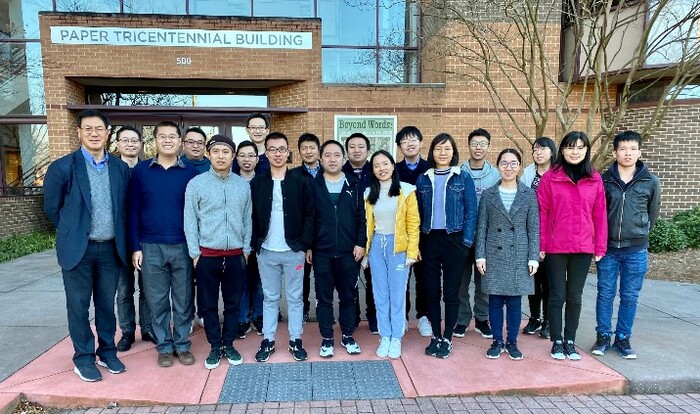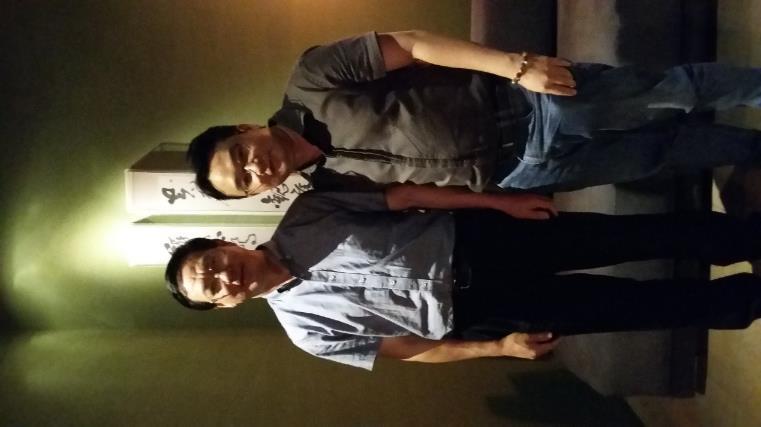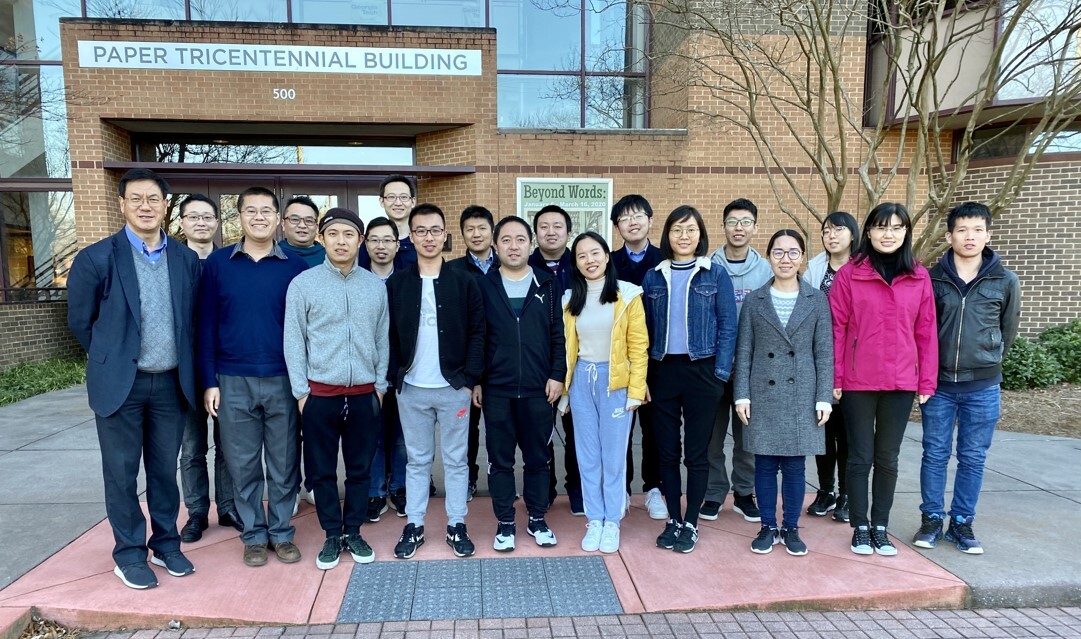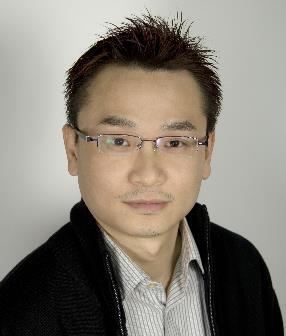NCNU, Georgia Tech engineer new ionizing solutions

research team involving optoelectronic experts from Taiwan's National Chi Nan University and the Georgia Institute of Technology has produced two influential reports in "Nano Energy 2019-2020" and "Nature Sustainability" for designing new ways to harvest friction for ionizing air molecules to create negative air ions (NAIs) — otherwise known as "air vitamins" after their purification properties.
Vincent K. S. Hsiao (蕭桂森), a professor with NCNU's Applied Materials and Optoelectronic Engineering Department, joined Professor Zhong Lin Wang's Nanoscience Research Group at Georgia Tech last year as a visiting scholar. The resulting paper, "Photo-carrier extraction by triboelectricity for carrier transport layer-free photodetectors," was published by Nano Energy, a science magazine with a CiteScore of 25.6 and an Impact Factor (IF) of 16.602.
Hsiao then joined as a corresponding author on another paper with Georgia Tech's Nanoscience Research Group. "A highly efficient triboelectric negative air ion generator" was published February 2021 in "Nature Sustainability," which carries an IF of 12.
Hsiao explains that, both papers delve into how air molecules can be locally ionized and generated by harvesting mechanical energy. This triboelectric NAI generator is simple, safe and effective, providing an appealing alternative, sustainable avenue to improving health and contributing to a cleaner environment.
This approach of using carbon fiber electrodes to ionize air molecules using high output voltage from a triboelectric nanogenerator (TENG) was a research breakthrough previously unheard of in academic and commercial R&D. Moreover, Taiwan's current push for a sustainable future through solar energy development would also benefit from such research on generating, storing, and transmuting motion-stimulated energy.
And the goal of converting electrostatic induction and other mechanical motions into electricity using TENGs for charging air molecules? "Pushing the science forward," explains Hsiao, quoting a professor from the State University of New York at Buffalo (SUNY Buffalo), where he received his PhD in photonics and functional materials. So now, science has found a use for friction- or electrostatic-induced charges.
As an optoelectronic engineer, Hsiao explains that "plasma is invisible to sight and touch, it is really hard to show people what we are doing." He notes that Taiwanese academia is very oriented towards industrial and commercial applications of science as well, and that it is hard to "be able to actually do something for science and education."
"I want the focus back on the students." Till this day, he conducts experiments in class, and hopes to tailor some teaching kits for his field. These "toolkits" then can be shared with Taiwanese universities, even high schools, to help teach practical experimentation of optics.

Zhong Lin Wang, who heads the Nanoscience Research Group at Georgia Tech, was the keynote speaker at the 2016 retirement ceremony for former National Tsing Hua University President Chen Lih-juann (陳力俊). Vincent K. S. Hsiao (蕭桂森), a professor with NCNU's Applied Materials and Optoelectronic Engineering Department who was in attendance that night, was delighted to join his academic role model's research team 3 years later, at Georgia Tech in 2019. Photo courtesy of Vincent K. S. Hsiao

The research team at Georgia Tech. Photo courtesy of Vincent K. S. Hsiao

NCNU Professor Vincent K. S. Hsiao. Photo courtesy of Vincent K. S. Hsiao

